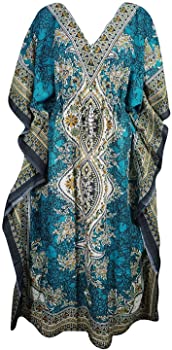Introduction
Just as every people has their ethnic food so does each nation clothe themselves differently. Even within one country, there are varied dresses depending on which region a person comes from. Both plus size women and smaller women have ethnic apparel that suits their body type and culture. Unlike formal or professional clothes which are mainly used for occupational purposes, traditional apparel are quite symbolic and worn on special occasions such as weddings. Sometimes a particular region has a kind of clothing due to the availability of a certain fabric or the existence of a weather condition. We take a look at customary women clothes across the world, how they look and what their significance are.
Women apparel in Africa
Africa ethnic clothing is mainly light fabric and worn for ceremonial purposes.
In Eastern Africa, the Zuria is a common traditional wear.
Clothing for women in Asia
The hanbok is the customary clothing of Korea. Typically worn by elderly women, it is a symbol of tradition and culture.
In Persian countries such as Iran and Iran, most women wear chadar which is a fill length wrapper with closure. The wearer tightens it around the body with the hand. Its like a buttonless long shirt.
Of all Asian cultural dresses, the Japanese kimono is the most conspicuous. It is an overtly large box shaped apparel with pronounced square shoulders.
Women cultural dresses in Europe
In Central Europe, the dirndl of the Germans makes a distinct ethnic clothing. It is a traditional women’s plus size costume designed as a frock with wide sleeves. It is worn all across the country and has become so symbolic of the nation that German livings outside their homeland typically adopt the outfit during national celebrations. Spaniard women have similar apparel but of mellow color.
Caribbean garments for women
The Dominicans have the dwiyet which is a long glare Fred’s with side sleeved.
Panama hats are made from light fabrics and worn as an accessory to casual clothing.
Conclusion
Each region has their own ethnic clothing for women. These outfits are generally expressions of social norms or attributes.
